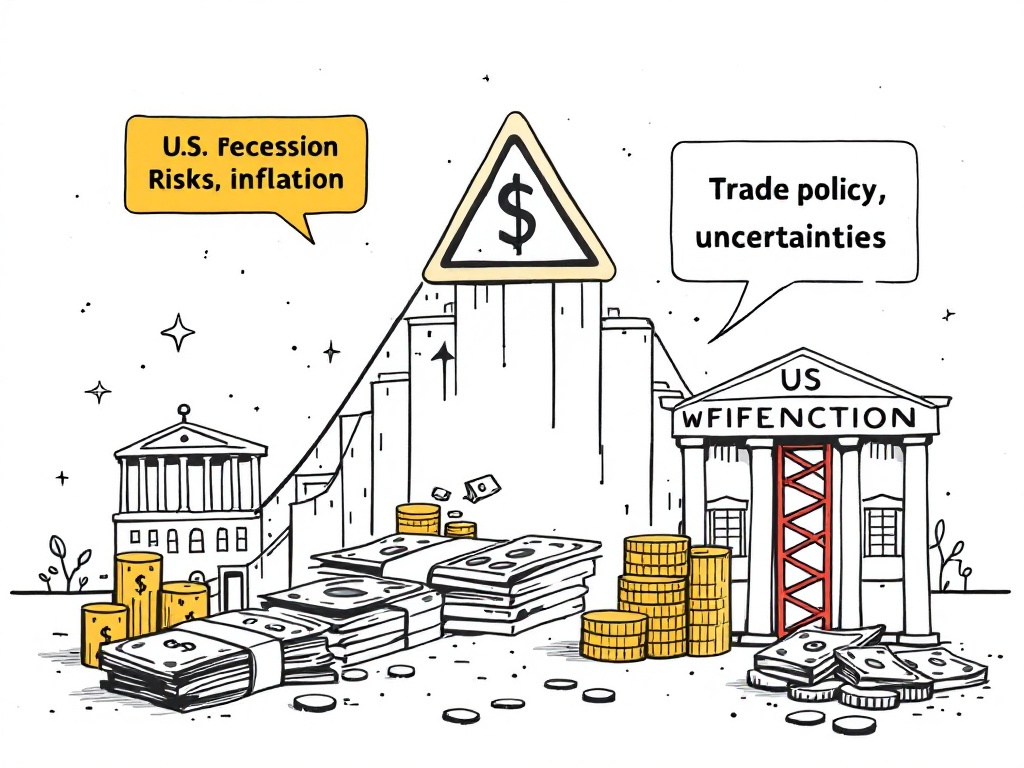Goldman Sachs Warns Tariffs Could Trigger Recession Risk

New York, Monday, 31 March 2025.
Goldman Sachs alerts on Trump’s tariffs possibly heightening US recession risk to 35%, spiking inflation to 3.5%, and stunting economic growth amid trade policy uncertainties.
Escalating Trade Tensions
President Donald Trump is poised to announce sweeping new tariff measures on April 2, 2025, with an expected average rate of 15% across all U.S. trading partners [1]. Goldman Sachs analysts anticipate that product and country exclusions may ultimately reduce the effective increase to 9 percentage points [1]. This marks the second tariff assumption increase by Goldman Sachs in less than a month, reflecting mounting concerns over the administration’s aggressive trade stance [3].
Economic Impact and Growth Forecasts
The immediate economic consequences are already visible, with U.S. equities falling 1.53% and European stocks dropping 1.88% in the week ending March 28, 2025 [2]. Goldman Sachs has significantly revised its growth projections, reducing the 2025 GDP forecast to just 0.2% for Q1 and 1% for the full year [1]. The investment bank’s economists now anticipate core PCE inflation to reach 3.5% by year-end 2025, representing a 0.5 percentage point increase from previous estimates [1][3].
Federal Reserve Response
In response to these economic headwinds, Goldman Sachs expects the Federal Reserve to implement three interest rate cuts in 2025 - specifically in July, September, and November [4]. These cuts would bring the terminal rate down to 3.5%-3.75% from the current 4.25%-4.50% [1]. This monetary policy adjustment reflects growing concerns about economic stability and the need to counteract the negative impacts of the tariff measures.
Recession Risk and Market Outlook
The probability of a U.S. recession within the next 12 months has increased significantly, with Goldman Sachs raising its forecast from 20% to 35% [5]. This elevated risk assessment stems from a combination of factors, including deteriorating household and business confidence, and statements from White House officials indicating a willingness to endure near-term economic weakness in pursuit of their policy objectives [5]. The unemployment rate is projected to rise to 4.5%, marking a 0.3 percentage point increase [1].